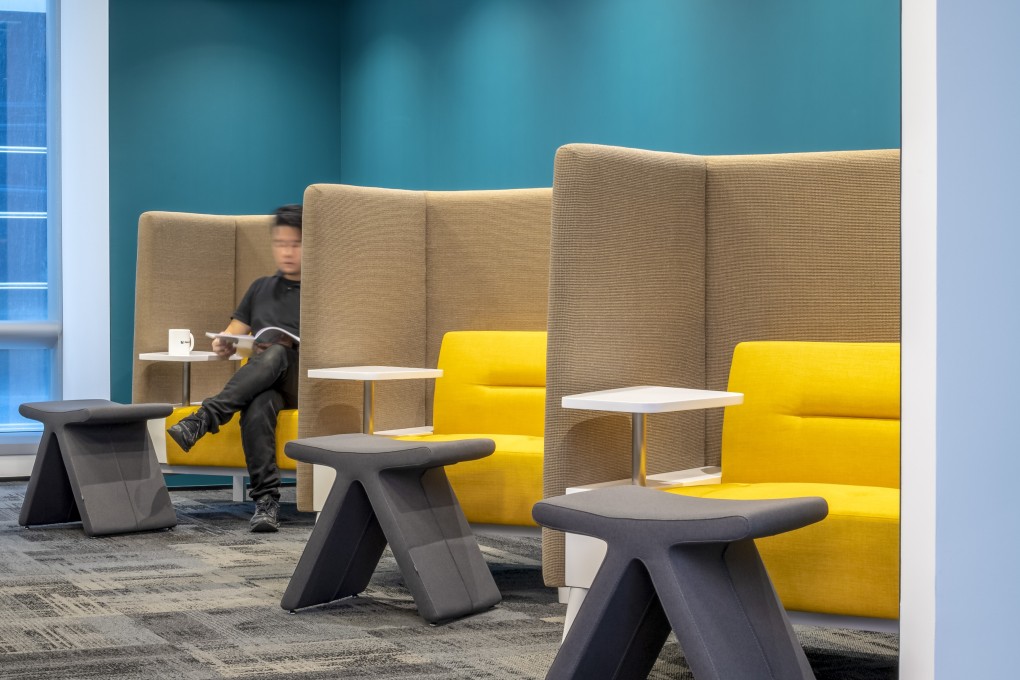Meet your ‘after-the-coronavirus’ workspace: germ-killing desk areas with air purifiers
- Designers are starting to come up with the virus-resistant workplace
- Employees may be picky about office spaces, choosing employers that put a premium on health

The coronavirus triggered an unprecedented, worldwide experiment of working at home. Next up: the actual design of workspaces, with a focus on killing germs.
Much of modern designed office space emphasises open space. But, in the “after-the-coronavirus” world, more effort will be placed on ensuring that kind of open plan does not encourage the spreading of germs.
The open plan was widely and quickly adopted by many businesses because of its clear advantages: by knocking down barriers, it encourages mingling, which sparks collaboration and teamwork; it uses space far more economically, and it makes supervision easier.
But the coronavirus – which has infected nearly 1.8 million people worldwide and killed about 110,000 – has elevated concern about employee health and how germs spread in the workplace.
A “healthier” office space will better protect businesses from similar costly illness outbreaks. Meanwhile, jobseekers may increasingly factor in what their workspace will look like, as they protect themselves and their families from illness.
“It is unlikely that fully open offices will succeed in providing the comfort and security of individuals that this virus has brought into the spotlight,” said Greg Pearce, managing director of Hong Kong-based One Space, which designs workspaces.